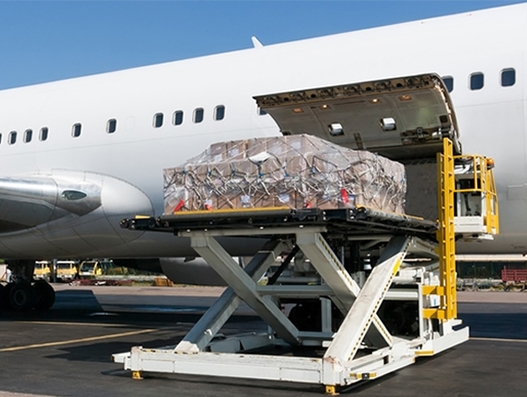
November cargo surge for Asia Pacific Airlines, reports AAPA
<p id="yui_3_16_0_ym19_1_1483531095814_8766" class="yiv6034853690MsoNormal" style="text-align: justify;">Jan 04, 2017: International air cargo demand, as measured in freight tonne kilometres (FTK), climbed 5.3 percent higher, underpinned by broad-based improvements in new export orders, according to preliminary traffic figures for the month of November released by the Association of Asia Pacific Airlines (AAPA).</p> <p id="yui_3_16_0_ym19_1_1483531095814_8767" class="yiv6034853690MsoNormal" style="text-align: justify;">Combined with […]

Jan 04, 2017: International air cargo demand, as measured in freight tonne kilometres (FTK), climbed 5.3 percent higher, underpinned by broad-based improvements in new export orders, according to preliminary traffic figures for the month of November released by the Association of Asia Pacific Airlines (AAPA).
Combined with a 3.2 percent increase in offered freight capacity, the average international freight load factor gained 1.4 percentage points to reach the year's monthly high of 66.9 percent.
The region's airlines carried a combined total of 23.3 million international passengers in November, representing a 4.0 percent increase compared to the same month last year. Underpinned by continued strength on long haul travel markets, demand in revenue passenger kilometres (RPK) grew by 6.2 percent.
Andrew Herdman, director general, AAPA, said, "Asian airlines carried an aggregate total of 267 million international passengers in the first eleven months of the year, representing continued robust growth in demand, up 5.9 percent on the corresponding period in the previous year."
Herdman, added, "The region's carriers have seen a modest but progressive recovery in international air cargo demand this year, with volume growth of 1.2 percent for the first eleven months of 2016."
Herdman, concluded, "International air passenger demand maintained a strong growth trend throughout 2016, despite geopolitical uncertainties, supported by lower oil prices and widespread availability of affordable air fares. Air cargo markets picked up modestly during the course of the year, but rates remain highly competitive, reflecting soft global trade conditions. The general outlook for the global economy in 2017, including further growth in demand for air travel, remains reasonably positive, but airlines will need to be vigilant over costs, given fluctuations in oil prices as well as exchange rate volatility."


